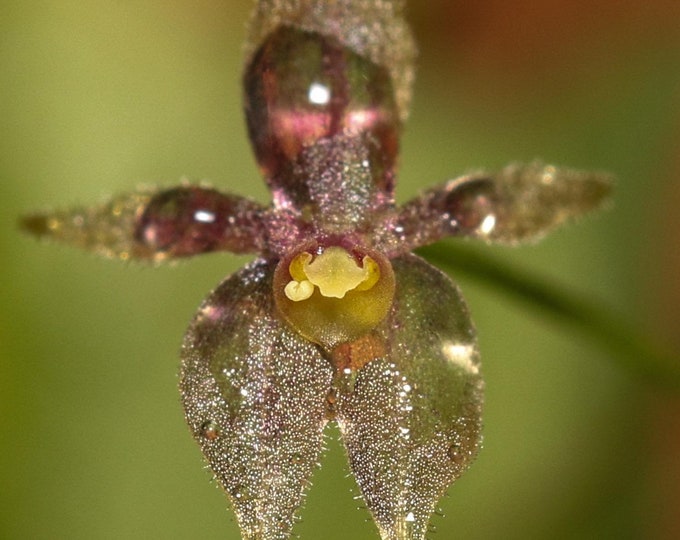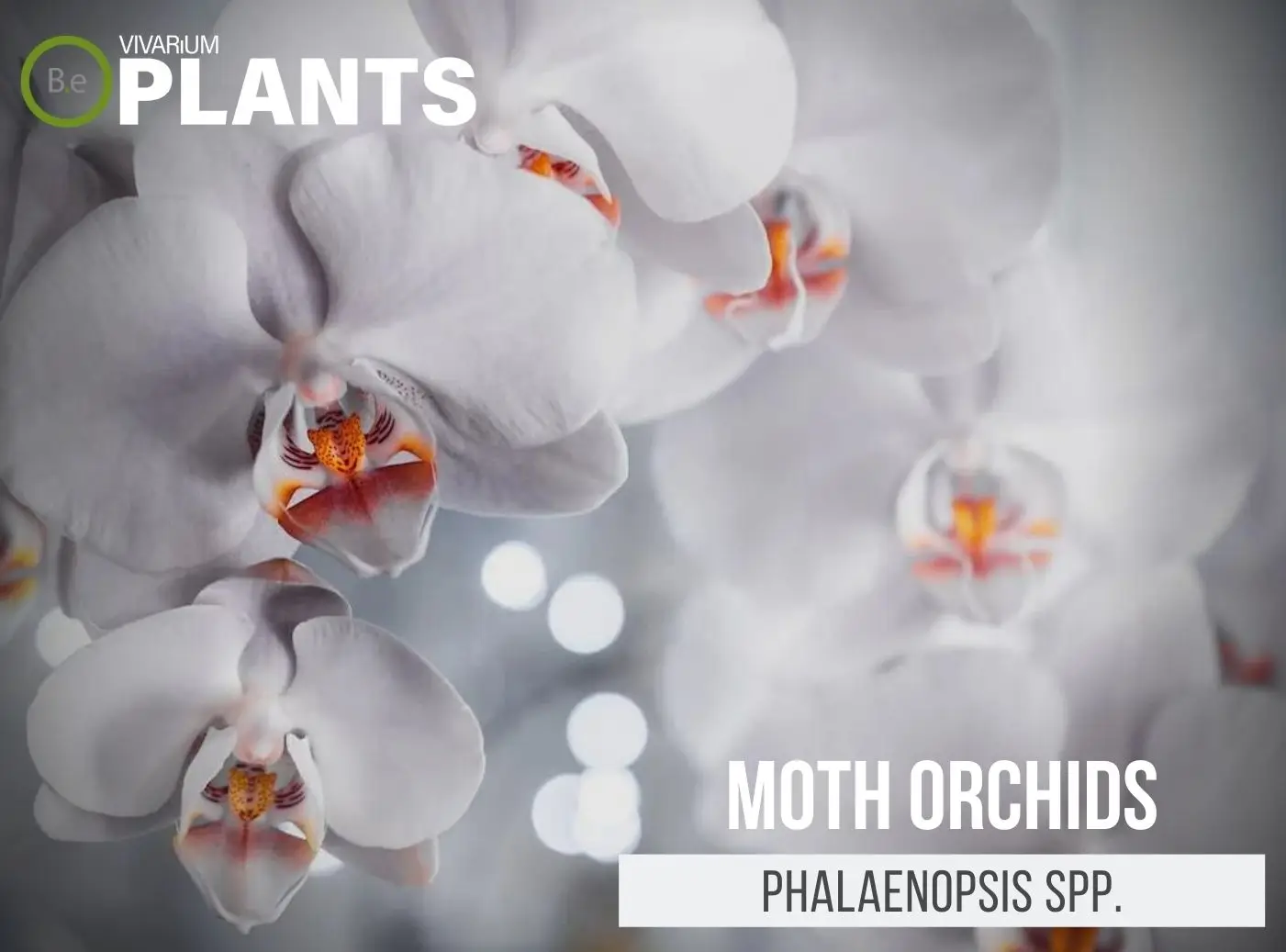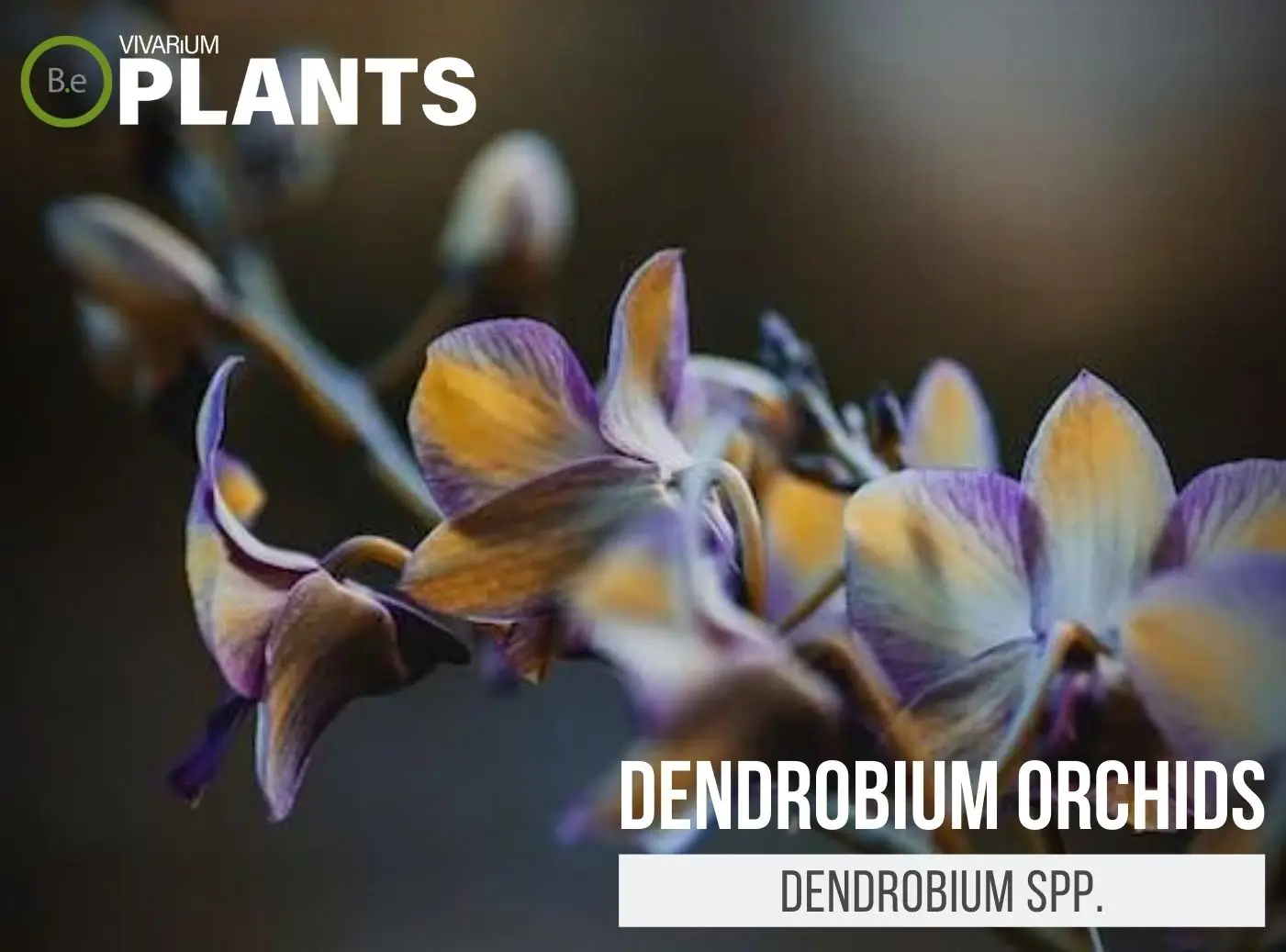Platystele spp. are amazing additions to any terrarium. With their delicate blooms, these miniature orchids have become increasingly popular for their versatility and easy care.
This article will explain why Platystele orchids are great for vivariums, and how best to care for them.
We will cover all the basics, from choosing the right species to the best growing conditions, to how to propagate and maintain these charming little orchids.
So, if you‘re looking for a new addition to your terrarium, then Platystele orchids are worth a look!
| Quick Stats: | |
|---|---|
| Scientific Name | Platystele spp. |
| Common Name | Platystele Orchids |
| Family Name | Orchidaceae |
| Habitat | Cloud Forests |
| Temperature | 62°F to 75°F |
| Height | 4 to 8 inches |
| pH | 6.0 to 7.0 |
| Lighting | Moderate |
Table Of Contents:
ToggleWhat Are Platystele Orchids?
Platystele spp. is a group of tropical orchids in the Pleurothallidinae subfamily. They are mostly epiphytic, found in wet rainforest woods in Central America and the West Indies.
They are characterized by pseudobulbs and leathery foliage, generally with small flowers with lateral or apical sepals.
Platystele orchid is a small, rosette-forming plant that produces upright stems, covered with small, rounded leaves.
This plant’s leaves are about 0.5-1cm in size and have a grayish, stellate shape to them.
Growing from the center of these rosettes is a flower spike with small, creamy white or purple flowers that can reach up to 4 inches in height.


Platystele Orchids Facts
Platystele spp. is native to the mountainous region of South and Central America, where it grows in the cloud forest of Guatemala and Panama.
This plant is often known as the Panama hat plant due to its association with traditional hat weaving!
Platystele spp. is a relatively slow-growing species, so it is important to not overcrowd it and to provide plenty of bright but indirect light.
Description
Platystele orchids grow in tight rosettes, with a single flower spike emerging from the center.
The leaves of the plant are ovate in shape and grow in dense clusters that are very small in size.
The leaves of the plant are grayish, turning more purple-green in brighter areas. Platystele spp. will generally remain a few cloves wide, but can reach up to 8” tall.
Habitat
Platystele spp. is native to the mountainous areas of Guatemala, Panama, and Mexico, where it is found growing in warm, humid cloud forests.
The platystele orchid prefers an environment with plenty of indirect light and a relatively constant temperature of about 62-75 degrees Fahrenheit (17-24 degrees Celsius).
pH Preference
Platystele spp. prefers mild, acidic soil that has a pH range between 6.0-7.0.
As this plant is native to areas with a high concentration of minerals, it is important to use soil that reflects this as well.
Adding a bit of sphagnum moss to the soil will help create a more optimum environment for this species.
Vivarium Type
Platystele orchids are perfect for terrariums of all kinds, from open–air to sealed glass enclosures.
In open-air terrariums, these orchids will require more frequent watering, as well as a more humid environment.
However, in sealed glass enclosures, the humidity and temperature can be more easily controlled, which makes it a great option for these orchids.
They will thrive in terrariums with soil–less mediums such as moss or bark, as they prefer to stay relatively dry.
These orchids will also do well in larger vivariums with other plants, as long as they are not overcrowded.
Vivarium Placement
Platystele spp. can tolerate a variety of terrarium environments, which makes it a great choice for several types of tanks.
This plant prefers to be lower in the tank and will do best located in the mid-ground spaces.
Substrate
Platystele orchids do best when planted in a mixture of coarse peat moss and perlite, as both are helpful for providing drainage.
This plant does not like to be in soggy soil, and as such, it is important to make sure the terrarium substrate is well-draining.
For best results, mix in an extra scoop of sphagnum moss to help create a more acidic environment.
Lighting
Platystele spp. does not require a very powerful light, and instead prefers a setup that has indirect terrarium light.
A vivarium that has a bright, but indirect light will be the most successful for this species.
It is important to not place this plant in an area that has too much direct sun, as it can damage the leaves.
Buy Platystele Orchids
When shopping for orchids, expect a few key indicators you are buying the best quality plant.
The plant should be pest free. The source of the orchid will more than likely not be in bloom so don’t worry if it arrives without flowers.
Click the image below to find out more about the current price and other relative info:
Platystele Orchids Care and Propagation
Platystele spp. can be easily propagated through stem or leaf cuttings.
To propagate this species, take a few small stem or leaf cuttings from the mother plant and place them in moist, acidic potting soil.
Mist the cuttings and allow them to root in the soil. Once the cuttings are well-rooted, they can be transplanted into the vivarium.
How to grow
The platystele orchid is relatively easy to care for and can be a rewarding, low-maintenance addition to any terrarium.
This species prefers a humid environment, so it’s important to maintain the moisture levels of the substrate that it is planted in.
This can be done by misting the soil every few days, or by using an automated mister.
Watering
Platystele spp. prefers to be kept moist, but not soggy. Watering this species every 1.5-2 weeks should be sufficient, but be sure to water the soil and not the leaves of the plant.
Removing excess water from the terrarium will allow the platystele orchids to better absorb the water and nutrients it needs.
Plants Similar To Platystele Orchids
Adding diversity to an enclosure is key to an aesthetically pleasing enclosure.
Try mixing up the look of your terrarium with different flora that can easily co-exist in the same types of environment.
Furthermore, if for some reason you find this orchid hard to acquire or would like to consider something similar to this terrarium plant…
Here are some other plants you might find may do well with or in the place of Platystele spp.:
Conclusion
Platystele spp. is an ideal choice for any vivarium due to its hardy nature and low-maintenance care requirements.
This plant can add a great amount of beauty to an enclosure, and it will help enhance the overall atmosphere and environment of the tank.
With a little care, Platystele orchids can be a great, long-lasting addition to any terrarium.




